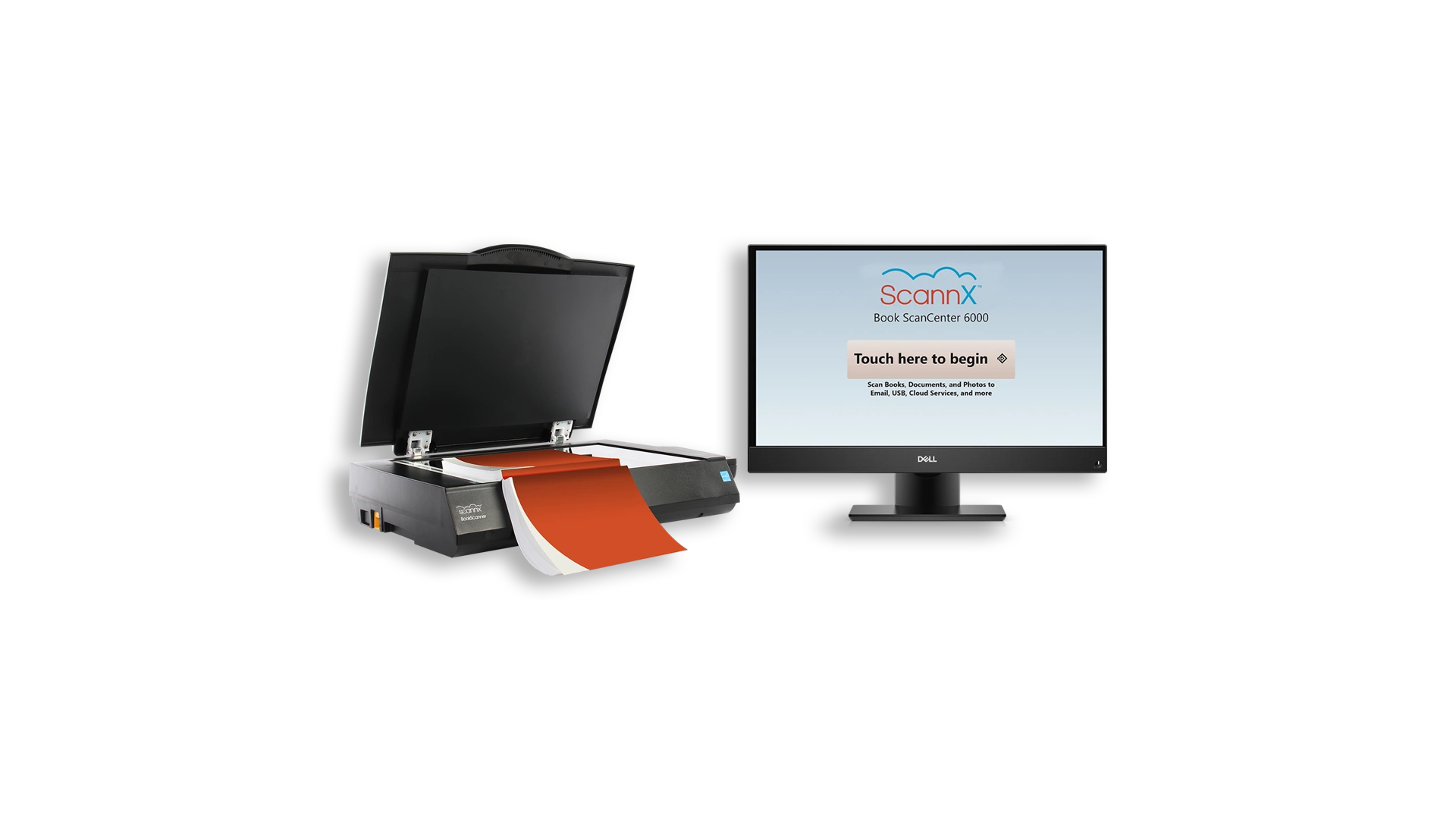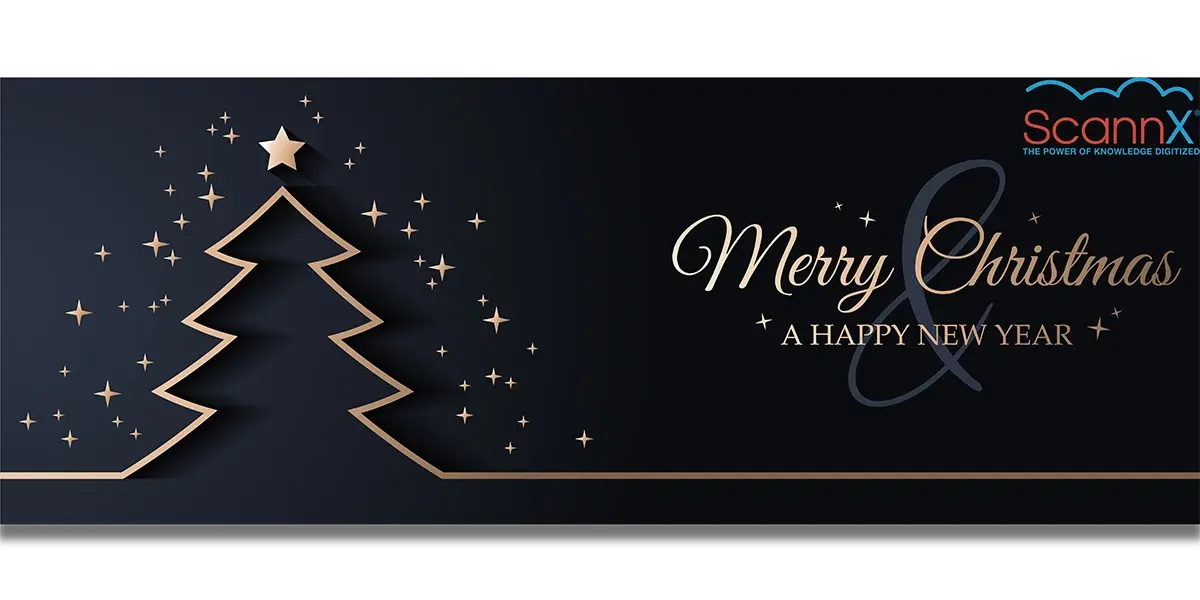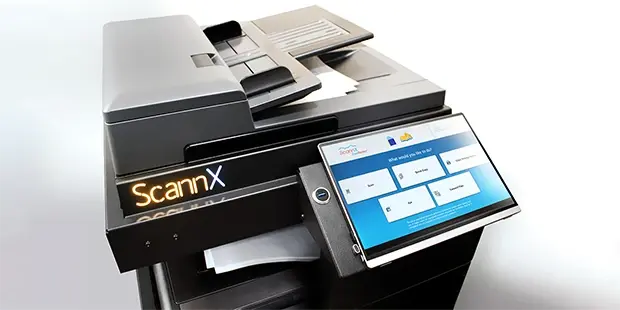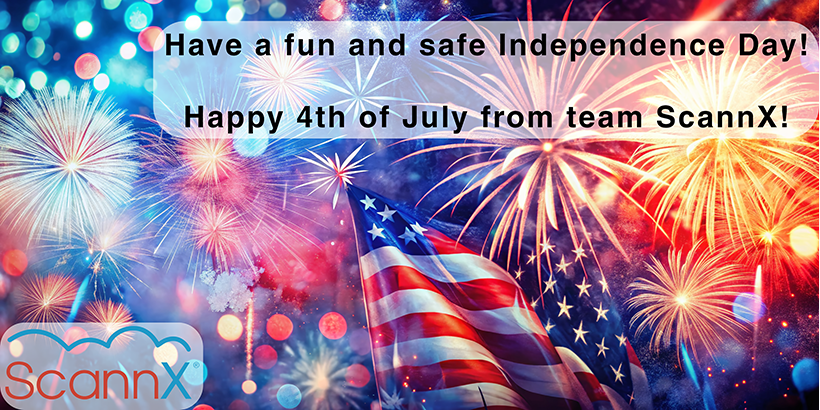This article was originally published by the American Association of Law Libraries’ AALL Spectrum (Volume 23, Number 2), November/December 2018.
For the past six years, Scannx has provided thousands of libraries with an easy, economical way to copy photos, documents, and portions of books.
In 2008, shortly after retiring from serving as president of document scanning technology provider Visioneer, Murray Dennis decided to drop off some overdue library books that he noticed his sons had left on the kitchen table.
As he was leaving his local library, Dennis was surprised to see several students depositing change into the library’s copy machine to reproduce book pages.
"I said to myself, 'I just spent the last 10 years providing Fortune 500 companies with digital imaging solutions,'" he says. "'And my city library is still using 60-year-old paper-based copier technology?'"
When, shortly after that day, a company Dennis knew approached him for advice about marketing their specialized book-edge scanner, he had an idea. The scanner, he says, did a great job of preventing book binding damage during the scanning process, but libraries didn’t seem interested in acquiring it because it appeared to be more complicated to operate than a copier.
"The need for a turnkey solution, especially for library patrons, seemed obvious," Dennis says. "I decided to combine the book-edge scanner with a dedicated touchscreen computer, put together a software development team, and founded Scannx in 2010."
After two years of additional software development, the company launched its first Scannx-branded product, the Book ScanCenter, in 2012.
In addition to producing its own scanning devices, the company has since partnered with Zeutschel and other manufacturers to create copier-replacement solutions that can scan up to an 18" x 24" area, produce a non-skewed image, and instantly store scanned content from books, documents, and photos in digital destinations such as Dropbox or Google Drive.
We recently spoke with Murray Dennis, Scannx’s CEO, about the benefits scanning systems can provide, the influence law librarians have had on the features Scannx offers, and how the company’s products are helping law students, attorneys, and other industry members successfully share information.
Has the company’s goal changed since Scannx was launched?
Our fundamental mission remains the same: providing an easy-to-use portal for people to convert documents and images to digital and audio formats, enhancing the efficiency of their research and collaboration. The scanning tools and software available to accomplish this are increasing all the time.
How did you initially promote Scannx’s first product to the legal industry?
We introduced the Book ScanCenter at library conference trade shows. From my days at Visioneer, I knew that the legal profession had adopted scanning as an essential tool for work efficiency. So it seemed only logical to exhibit Scannx technology at law library conferences.
When Scannx entered the market, librarians expressed real excitement about providing book scanning services to their patrons for under $5,000, as opposed to the $25,000 price of the other book scanners available at the time. The Book ScanCenter cost less to operate than copiers.
How have Scannx’s products changed since being launched?
We’ve focused on enhancing the value of Scannx software as a tool for easily managing newly captured digital images. Scannx software includes scanning capabilities for photos, rare books, and documents. We also extended ease-of-use by adding accessibility features for visually impaired users to meet libraries’ ADA requirements. We now support libraries being able to archive projects in PDF-A and MRC formats. We added the ability for libraries to connect to nonprofit global library cooperative OCLC’s interlibrary loan (ILL) software, Tipasa, and we enhanced Information Technology (IT) support by adding error reporting to our cloud management software.
Because Scannx systems were created to serve the public, we made the addition of security features a priority. We host all our client cloud services on Microsoft Azure, a state-of-the-art platform for security, privacy, redundancy, and reliability. This prevents cyberattacks and resulting downtime that can plague companies hosting client data on more vulnerable private servers. We offer two-factor user authentication to all cloud destinations and email security options to prevent the nefarious use of our systems to send anonymous emails.
Do you primarily serve large law firms or law school libraries?
Both law students and lawyers work in an information- and paper-intensive environment. Both gather materials for research and presentations. In addition to our flatbed book-edge scanner, Scannx software links to a high-speed (120 images per minute) document scanner. The optical character recognition (OCR) technology is very important, in terms of accuracy and speed, to this segment of the market because they need to be able to search large PDF files quickly. Scannx’s software architecture scans and adds OCR capabilities to documents simultaneously, eliminating any additional wait time for document formatting – whereas most other systems cannot perform OCR on a document until they have first scanned all the documents in a stack, possibly creating much longer wait times.
Do law firms and academic libraries use Scannx products differently?
Academic use is far more wide-ranging, serving the needs of undergraduate and graduate students, faculty, visiting researchers, and members of the public. Most of the 130 million pages our systems have scanned have been from academic and public libraries. The average session involves six pages, and most were saved to email or a USB device. Only about three percent of all scans went to print, reducing the cost of paper and toner for those customers and saving trees.
Lawyers and staff at firms with their own libraries use our scanners as a tool for consolidating and sharing research or case materials. As with academic librarians, law firm librarians tell us that user-friendly operation is very important to accommodate the various levels of lawyers’ and staff members’ technical expertise. In addition to our book-edge scanners, law firms would probably use our high-speed document scanners and scan more pages per job than academic libraries do. The preferred scanning format for legal work and research is a searchable PDF, whereas a regular PDF is the predominant choice of users in other libraries.
Because the practice of law is paper-intensive, more scans may go to print as well. Still, the availability of materials in digital format likely reduces the amount of paper and toner used to share information, just as it has in academic institutions.
Do any customers from other industries use your products?
In addition to academic, public, and law libraries, we serve state and federal government agencies, the military, private special collection libraries, and historic and genealogical organizations.
Have law librarians provided any input that’s helped shape the products Scannx offers?
Yes. We are very customer-driven. We attend at least 10 library trade shows a year, including those for law libraries, and we stay in touch with our customers. We receive valuable feedback from law librarians about their needs and get many ideas for future enhancements. Through the process of speaking with many law librarians and other vendors serving this market, we can identify emerging trends and needs for the legal industry.
What features do law librarians tell you are the products’ main selling points?
As with other libraries, ease of use seems to be the main selling point. The specific features they like the most are converting files into searchable PDF format, the use of high-speed document scanners, and cloud storage.
Law students are very tech-savvy. The IT staff prefers the ability to track and manage multiple scanning systems from a single location, or even on the road from a smartphone or tablet. For public access county law libraries, our ability to provide scanning linked to a variety of payment systems has been a selling point, as well.
Are there any limitations to the file size patrons and library staff members can send?
Scannx software allows the library to set its own limits on the number of pages scanned per session if desired. A file size limit can vary for each scanner. The practical size of a scanning job is only limited by the email transmission capacity, the size of a portable USB drive, or the restrictions of a user’s cloud storage destination. When sending scanned images over the internet, we automatically disable the 600-ppi option to prevent transmission errors.
Have any aspects of the legal document scanning industry changed in recent years?
As a tool for attorney collaboration and research, I think scanning has replaced a significant amount of copier use, and the availability of very low-cost cloud storage has created a very cost-effective solution for saving scanned documents.
Do you plan to make any changes to your products in the future?
We are planning the development of a downloadable cloud-based app that will allow users to operate Scannx systems from a screen on their smartphone or tablet. This will allow libraries to provide more scanners without the additional expense of providing an integrated touchscreen computer or PC for each scanning device. Longer term, we see the need to automate the process of adding metadata to files, enable object recognition within photos, and link scanned pages automatically to other relevant works, as specified by the user.
What do you think future document scanning needs will be in the legal industry?
Security and confidentiality will continue to be a high priority for scanning and storing legal documents. Tools that scan and automatically catalog a document or photo with relevant information and integrate with industry-standard vertical applications are examples of what the future may hold. We are constantly building the company infrastructure to develop new products, additional links to applications, and the security features that are needed to keep clients up to date in today’s rapidly changing technical environment.
---
SCANNX: BY THE NUMBERS
- Book scanning systems shipped: More than 3,000
- Pages customers have scanned: More than 130 million
- Pages customers are expected to scan in the next 12 months: More than 30 million
- Percent of scanned pages that were printed: 3%
- Percent that were sent to digital destinations: 97%




